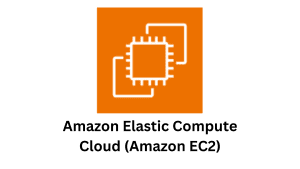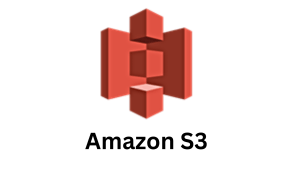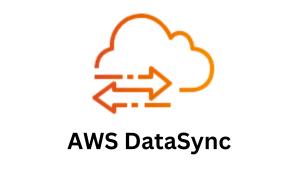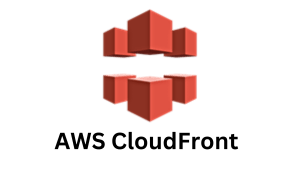About the Client
Our client operates as a comprehensive healthcare solutions provider, offering a streamlined platform that integrates various functionalities to cater to diverse healthcare needs. Through their Drlogy website, they empower users to effortlessly manage their health records, monitor fitness activities, connect with healthcare professionals, and access vital health information. The core focus of their services lies in creating a unified healthcare ecosystem that bridges the gap between patients, healthcare professionals, and medical practices. By centralizing access to essential healthcare resources, they enable seamless interaction and communication among all stakeholders, fostering a holistic approach to healthcare management.
Their platform not only facilitates convenient access to healthcare services but also prioritizes enhancing patient-provider relationships. By leveraging tools such as online appointment scheduling and practice management solutions, they assist medical practices in optimizing their operations and improving overall efficiency.
Moreover, their commitment to innovation is evident through their continuous development of new products and services. By staying at the forefront of technological advancements in the healthcare industry, they ensure that their platform remains adaptive and responsive to evolving healthcare needs and industry trends.In essence, our client's mission revolves around revolutionizing the healthcare experience by providing a comprehensive, user-friendly platform that empowers individuals to take control of their health while simultaneously facilitating seamless collaboration and efficiency within medical practices.












